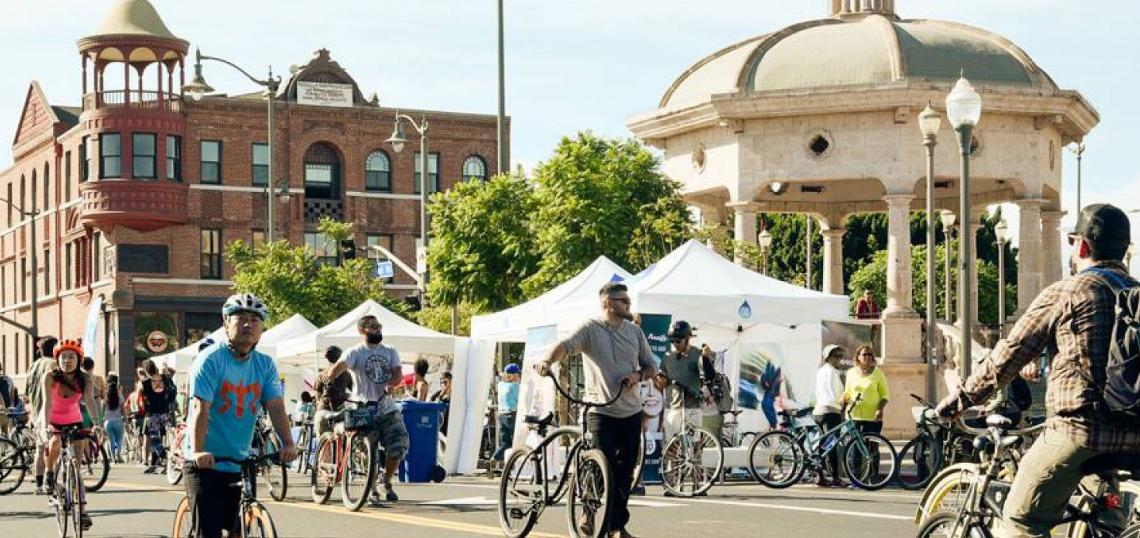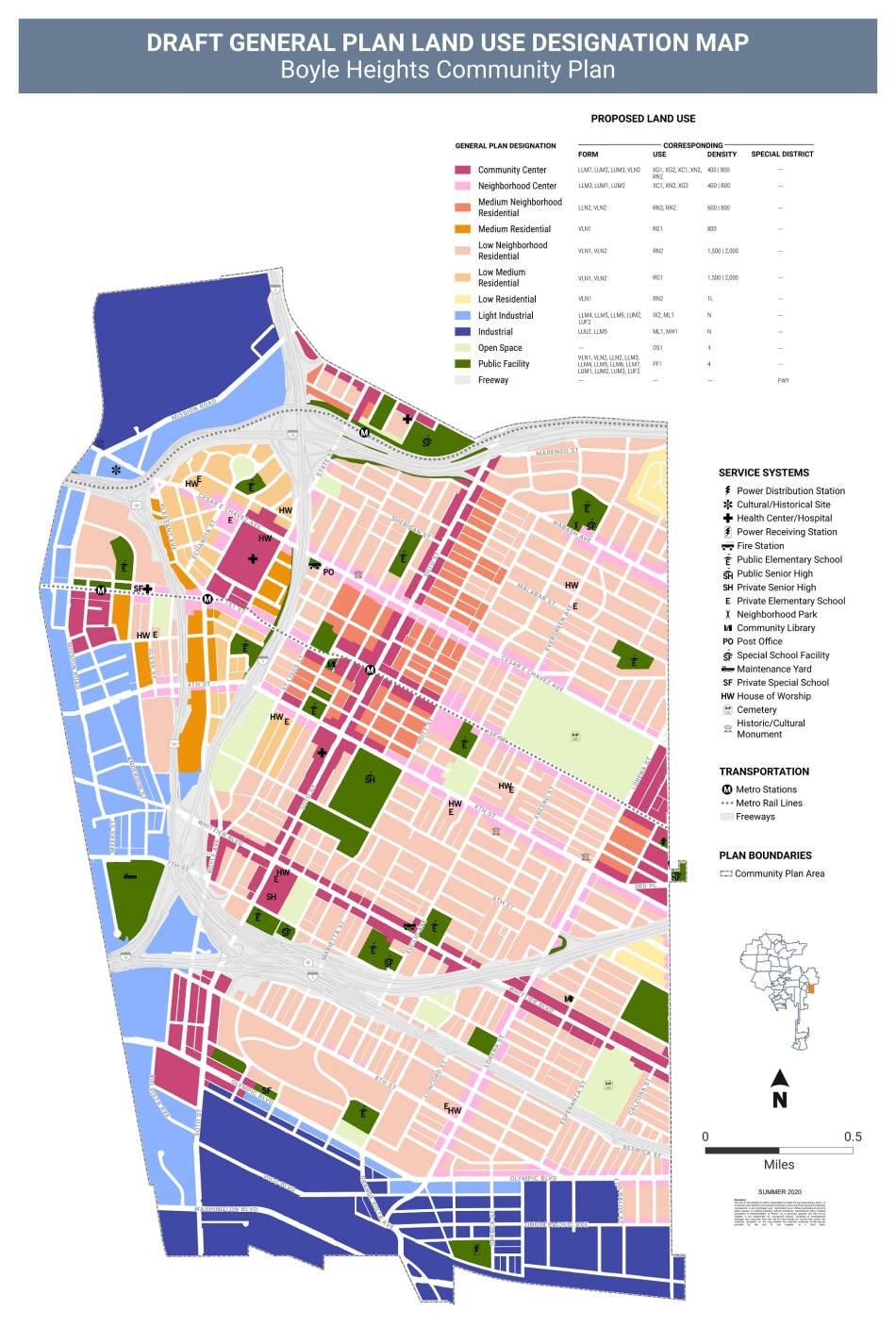In a 14-0 vote taken on December 12, the Los Angeles City Council moved to adopt the new Boyle Heights Community Plan, putting in place new land use regulations which could enable the construction of up to 11,000 new homes in the coming years.
The plan, which covers roughly six square miles between the Los Angeles River and the unincorporated community of East Los Angeles, had last been updated in the 1990s. An April 2023 staff report to the City Planning Commission noted that the new rules are intended to account for changing economic conditions, as well as new citywide goals relating to environmental justice and housing. Likewise, the new rules would adopt the built environment to new infrastructure projects such as the Sixth Street Viaduct and the Eastside branch of the A Line.
In total, the new zoning in Boyle Heights is expected to provide capacity for up to 11,000 new homes - or roughly 29,000 residents - and 13,000 jobs. Those figures would provide more than enough capacity to account for SCAG's growth projections through 2040, which anticipate that Boyle Heights would add 7,000 residents and 9,000 jobs.
Similar to other recent community plan updates, the Boyle Heights plan would shift growth onto commercial corridors near transit lines, including Soto Street, 1st Street, and Whittier Boulevard. That would allow lower-scale neighborhoods and industrial zones to remain largely unchanged.
Planners have also used the Boyle Heights plan to introduce elements of the city's new zoning code, which transitions from a traditional Euclidian system to one which is based on form and frontage districts. Those elements would be used to maintain the historic massing of business districts such as the Cesar Chavez Avenue commercial corridor, while still allowing for sites to be redeveloped.
Additionally, the plan incorporates its own tailored community benefits program based the Transit Oriented Communities incentives. But unlike that citywide program, the Boyle Heights community benefits program would permit longer-term affordability covenants and deeper levels of affordability.
Finally, the Boyle Heights plan provides for neighborhood corner stores - or "Tienditas" - in residential zones, a frequent ask by community members. Stores of that type already exist on some side streets, though zoning rules have not permitted new establishments for many years.
Also up for consideration are a series of amendments proposed by 14th District Councilmember Kevin de León, including a local preference program for affordable housing, a requirement for more two-bedroom units in affordable housing projects, and a vacancy tax or rent stabilization for commercial properties.
"I stand firm with my community in our shared commitment to defend Boyle Heights from the tide of gentrification that is destroying communities through displacement and the erasure of cultural heritage,” said De León, who is running for re-election after resisting calls for resignation over the past year. “Too often our efforts to protect residents and businesses are reactive and come only after the damage is done. So I’m proud that this plan will protect residents and businesses through proactive and intentional statutory measures that expand affordable housing, deliver the most inclusionary housing in the city, and prioritize the needs of residents and businesses.”
The proposed amendments will require review by the Los Angeles City Planning Commission prior to implementation, and then City Council approval. According to De León's office, that could occur as early as next month.
The Boyle Heights Community Plan is the third adopted by the City Council in the past year, following eight months after officials blessed the updated Downtown and Hollywood plans.
Follow us on social media:
Twitter / Facebook / LinkedIn / Threads / Instagram
- Boyle Heights Community Plan (Urbanize LA)







